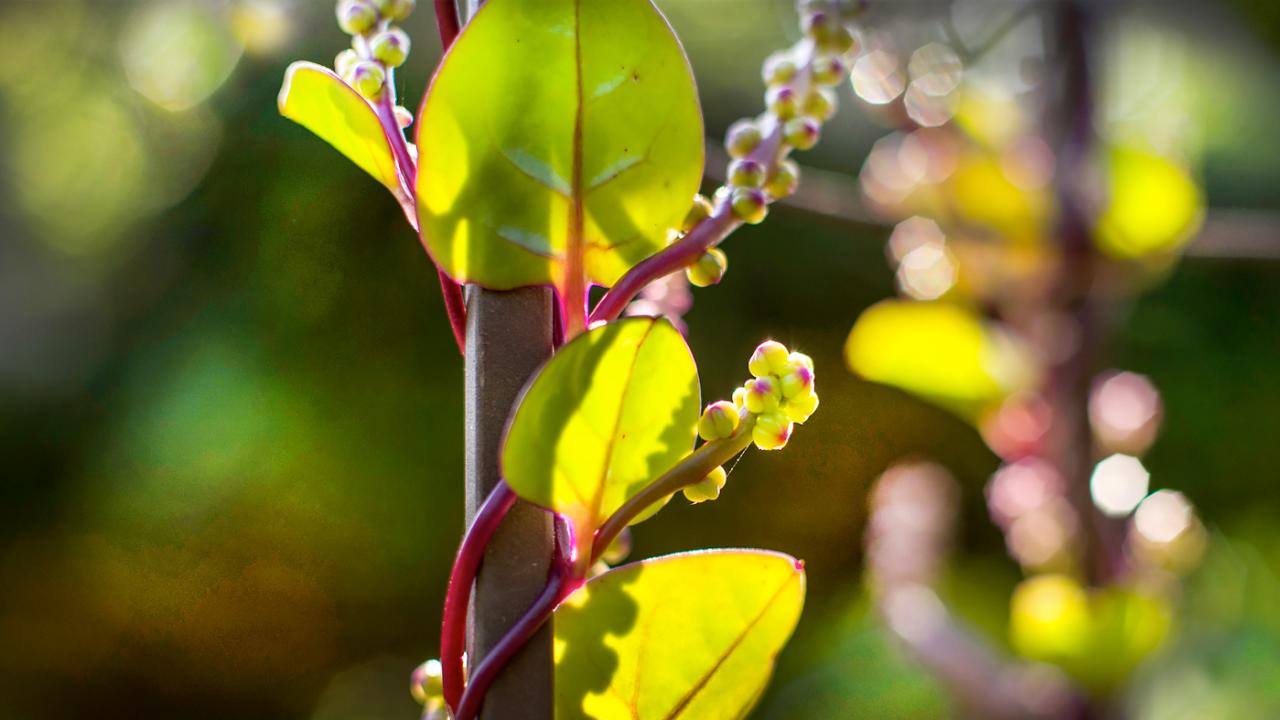Some vegetables are more satisfying than others when it comes to harvest. Parsnips are in that category.
The sun was out, the air was crisp, and the nights were frosty: parsnip weather. Cold weather is actually a good thing for parsnips—in fact, they need it to convert the starch in their roots to sugar, transforming them from lowly, nose-turned-up roots to gourmet, thumbs-up side dishes. We used a pitchfork to loosen the dirt deeply around each parsnip top—a gentle harvest is required, as parsnips are brittle and can snap if eager hands try to pull the roots by their leaves.

Parsnips have long tap roots that need to be dug gently from the soil.
Aren’t they gorgeous? At the Regenstein Fruit & Vegetable Garden, we've planted ‘Albion’, a variety that’s creamy white and elegantly long and tapered, and we've also tried ‘Lancer’ and ‘Half-long Guernsey’.
Speaking of seeds, parsnips can be a bit fussy about germination. Knowing that, here’s the strategy we employ for sowing:
- Plant fresh seed. Parsnip seed viability is short, so plant only newly purchased seed every year.
- Sow heavily. We’ve found that germination can be spotty in our heavier clay soil. Of course that means we had to…
- Thin ruthlessly. We thinned four times to guarantee them the wide spacing they need.
- Mark the rows. A few radish seeds (which germinate in a few days) marked the ends of each parsnip row—which took their sweet time to germinate, in about three weeks.

So satisfying: Some of the parsnip harvest. Photo by horticulturist Lisa Hilgenberg
Once germinated, parsnips are low-maintenance veggies in the garden—as befits a vegetable that takes 120 days, plus a cold spell, to reach maturity.


